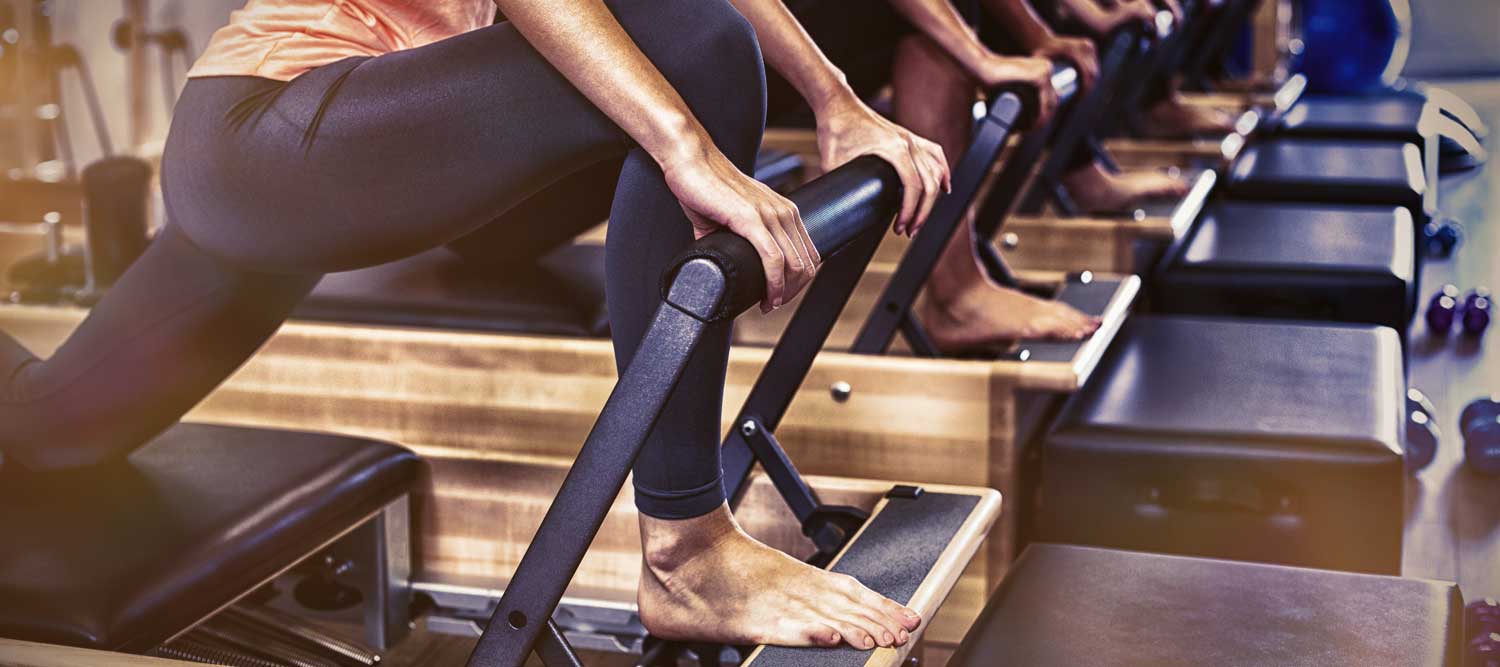 The knee is one of the most common body parts to be injured. According a report published by NCBI, between the years of 1999 to 2008, 6.6 million knee injuries presented to emergency departments in the United States. From falls to a variety of physical activities, there are many things that can cause a knee injury.
The knee is one of the most common body parts to be injured. According a report published by NCBI, between the years of 1999 to 2008, 6.6 million knee injuries presented to emergency departments in the United States. From falls to a variety of physical activities, there are many things that can cause a knee injury.
There are many different types of knee injuries, including sprains, strains, contusions (a fancy term for bruise), fractures, tears and more. Additionally, each knee injury has varying levels of severity. For example, you could have a partial or full tear, grade I, II or III sprain, etc. When you visit your physician, she or he will discuss the severity of the injury with you.
Beyond the different injuries & severity of injuries you can have, there are some things that increase your likelihood of injury, like sports. Women and children are at a higher likelihood of knee injuries. But, why? Women are more at risk to injure their ACL and patella due to the anatomy of their hips & femurs (thigh bones), oftentimes referred to as their Q-angle. Children on the other hand are suffering from more knee injuries due to youth sports becoming more competitive.
So what happens when you do suffer from a knee injury? Your options range from rest to surgery – yikes! We highly recommend physical therapy, but more specifically Pilates-based physical therapy.
Pilates for knee injuries & rehabilitation
Today, more and more physical therapy clinics are turning to the Pilates method as their preferred form of rehabilitation. But the question is why? How does it help an injured knee?
Non-weight bearing. One of the most unique qualities about Pilates exercise on the Reformer apparatus is that it is non-weight bearing. This means that gravity is not pushing against you, which makes the exercise easier on your joints. Patients are able to perform exercises that would otherwise be painful, such as squats, because gravity is not adding extra pressure or resistance to the body. Many surgeries require a patient to be non-weight bearing for an extended period of time. Pilates and the Reformer are a great stepping stone to helping that patient work toward becoming weight bearing once again.
Strength & flexibility combined. While most forms of traditional exercise separate strength & flexibility, Pilates for knee injuries combines them. While the Reformer does provide some resistance through the use of springs, the exercises performed during Pilates rehabilitation primarily aim to lengthen the muscles (hence why most dancers prefer Pilates over other forms of exercise). Because of this combination of resistance and muscle elongation during a workout on the Reformer, your muscles will simultaneously improve both their strength and flexibility.
Good for all populations. People of all ages, shapes and sizes can benefit from Pilates. Whether you’re a kid who hurt his knee on the basketball court or a senior who suffers from knee arthritis, Pilates can help you recover more efficiently and more quickly. Although there tends to be a stigma that Pilates is only for dancers or women, men can benefit & do benefit from Pilates on a regular basis. For example, many professional NBA and NFL players use Pilates in their conditioning.
Modifications for exercises. One of the things that physical therapists love most about Pilates for knee injuries rehabilitation is the availability of modifications. Every patient has varying levels of abilities. With Pilates, nearly every exercise has a modification that can be done to accommodate a patient’s needs. For example, if a patient is currently being treated for his or her knee but has had back problems in their past, the physical therapist can make some small adjustments to the exercise for the patient to perform to improve the knee while also taking into consideration the back.
There are a few of us at Spine & Sport’s Rancho Santa Margarita location that were once patients of the clinic, specifically for knee injuries. We went through the Pilates-based rehabilitation program here ourselves and believe in it so much, after completing therapy and returning to our favorite activities, we now work here!
To learn more about what our Pilates-based therapy can do for you (& your knees), feel free to contact us. We’d love to help!